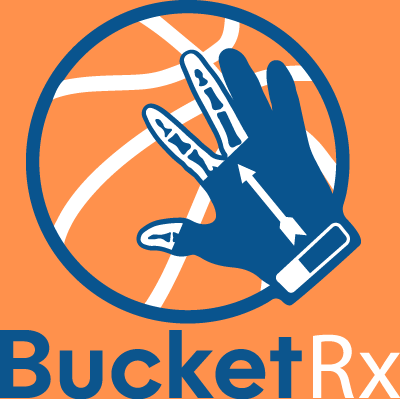The Importance of Perspective in Sports Development
Perspective is crucial in life, particularly in understanding the diverse experiences each individual encounters in their environment. My unique perspective stems from my involvement in orthopedic surgery, coaching basketball, and writing. I believe this viewpoint can assist parents in navigating the complexities of their child’s athletic journey, especially as they face various stages of growth and development in sports. Balancing sports with education and everyday life, while also managing potential injuries, can complicate an athlete's progress.
I have been coaching basketball for 20 years, working with players from 4th grade through junior varsity high school. As an orthopedic surgeon with 25 years of practice, I have authored the book Parenting Mental Toughness in Your Young Athlete, which synthesizes these experiences. Throughout my career, I have observed the dynamics of the parent/player relationship, as well as the interactions among coaches, players, and parents. I have also faced challenges as a physician in relation to players and their parents.
In my book, I explore the process for parents to navigate the growth and development of their young athletes. Injuries can be devastating for youth athletes, requiring careful nurturing to avoid creating mental and physical barriers to their return to sports. I have seen athletes transform from timid individuals with low self-esteem into confident participants. This transition involves many variables, and parents can either serve as positive influences or become burdensome to their children. Similarly, a coach's approach can significantly impact an athlete's confidence, while a physician's recommendations can unintentionally discourage activity, leading to hesitance in returning to sports.
With the myriad of factors influencing sports participation, training sessions play a vital role in developing the skills necessary for building confidence. I have noticed a disparity in skill levels among basketball players, with some displaying advanced techniques while others struggle. The challenge lies in helping all players improve without hindering the development of those who are more advanced. Key basketball skills—such as ball handling, passing, and conditioning—require consistent practice. One critical skill that deserves special attention is shooting.
During the season, most practices allocate only a few minutes to shooting skills, focusing instead on plays, sets, and drills. When developing shooting techniques, the common approach is to maximize the number of shots taken. However, I contend that shooting 500 shots a day with the wrong mindset is less beneficial than shooting 100 shots a day with the correct technique. The specifics of shooting include proper setup: holding the ball correctly, positioning the feet, and aligning the elbow. However, the release point of the shot is often overlooked. In the fast-paced environment of a real game, achieving the perfect setup is rarely feasible; thus, the release off the fingers becomes the most critical aspect of a successful shot.
Consider how a golf club hits the ball squarely each time—this consistency is key. All professional golfers have unique swings, just as basketball players have distinct shooting techniques. The question remains: how do different techniques lead to success? The answer lies in the release.
Using the BucketRx glove, athletes can quickly learn the importance of the release in as little as five minutes. The anatomical principles behind effective shooting can be conveyed efficiently, allowing players to improve their shot consistency. Consequently, shooting 100 shots a day becomes far more productive than aimlessly shooting 500 without guidance.
Understanding basic anatomy is essential for developing consistency, and this knowledge can enhance accuracy. There are various nuances related to anatomy that can be communicated to coaches swiftly. Learning the correct technique requires practice and repetition, as muscle memory plays a crucial role. Getting multiple shots up is vital for reinforcing this memory.
Additionally, sensory memory is a significant factor in skill acquisition. It involves the brain's temporary registration of sensations from the external world—inputs from our senses such as sight, hearing, touch, and smell. This initial stage of perception lasts from a few hundred milliseconds to a couple of seconds before transitioning into short-term memory. Haptic memory, which pertains specifically to touch, is fundamental to the functionality of the BucketRx glove. This form of sensory memory allows individuals to retain impressions of touch stimuli even after the original stimulus has ceased. It is an automatic process that helps people identify objects by touch. In the context of the BucketRx glove, the training reinforces learning during and after the shot.
The glove features sensory openings on the index and middle fingers, as well as half the thumb, while the ring and little fingers are covered to prevent their sensory memory from interfering with the shooting process. This design ensures that when a shot is taken, the player has a short-term memory file stored. One single shot may not capture the necessary sensation; this is why repeated shooting is essential to transfer this memory into long-term storage. Occasional retraining is necessary to reinforce the learning associated with sensory memory.

